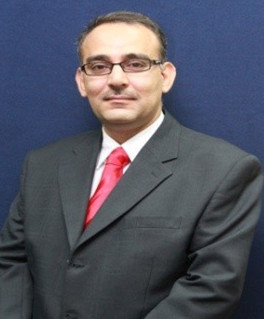Abstract—The present work is aimed at developing thermal and electrical models which are capable of estimating the two dimensional thermal and electrical performance of a PV module under given meteorological conditions. The thermal modeling has been developed in COMSOL Multiphysics software environment and the electrical modeling has been carried out in PSIM software environment. The main objective of the electrical model is to investigate the I-V and P-V characteristics of an 80W thin film PV module with and without cooling at varying surface temperature and irradiation. In the thermal model, the dependence of module surface temperature, electrical efficiency, and thermal efficiency on water flow velocity is investigated. The results obtained from the proposed electrical and thermal models are validated experimentally. The results showed that the maximum electrical, thermal and net energy efficiency values of cooled PV module are 9.92%, 55.6%, and 65.4%, respectively. Variation of water flow velocity experiences no significant temperature change in the coolant water exiting the module and results in a slight change of both the module surface temperature and electrical efficiency.
Index Terms—COMSOL software, cooling system, electrical model, PSIM software, PV module, and thermal model.
A. Elnozahy, Ali K. Abdel Rahman, and Ahmed Hamza H. Ali are with the Egypt-Japan University of Science and Technology (E-JUST), Egypt (e-mail: ahmed.elnozahy@ejust.edu.eg, ali.kamel@ejust.edu.eg, ahmed.hamza@ejust.edu.eg).
Mazen Abdel-Salam is with Assiut University, Egypt (e-mail: Mazen2000as@yahoo.com).
S. Ookawara is with Tokyo Institute of Technology, Japan (e-mail: sokawara@chemeng.titech.ac.jp).
[PDF]
Cite:A. Elnozahy, Ali K. Abdel Rahman, Ahmed Hamza H. Ali, Mazen Abdel-Salam, and S. Ookawara , "Thermal/Electrical Modeling of a PV Module as Enhanced by Surface Cooling," Journal of Clean Energy Technologies vol. 4, no. 1, pp. 1-7, 2016.


